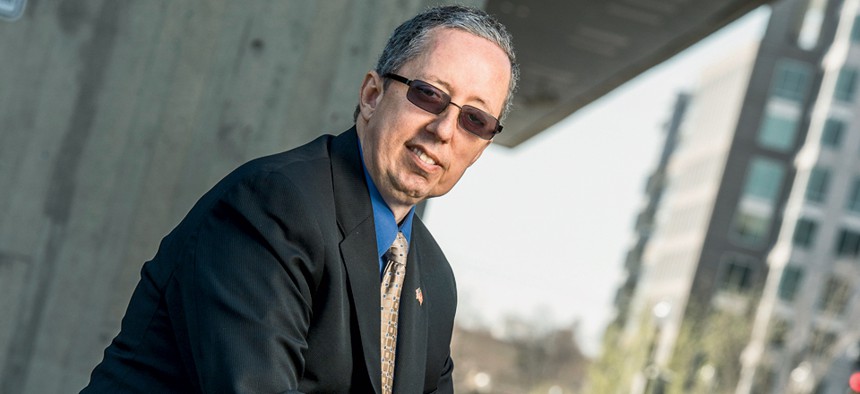
James Kegley
Cyber Medic
Kevin Charest turned HealthCare.gov’s security challenges into a quest for better teamwork at HHS.
After the flubbed debut of the HealthCare.gov website, Kevin Charest, chief information security officer at the Health and Human Services Department, knew he had to roll up his sleeves alongside the people who make the agency’s programs work.
“In many ways my job has been to set policies at the department level that then can be translated and adhered to at the local level,” he says. When lawmakers grilled him and another agency official on security vulnerabilities in the
online health insurance marketplace, it became clear he was not part of the operations side of the project, Charest admits.
“Here are two guys being asked to testify, but they were not involved in the design and implementation and security decisions associated with the thing they are testifying about,” he says.
Now Charest is much more attuned to managers on the front lines. “I think there’s been an awakening that we’re partners,” he says. “I’m not the boogeyman. And, in fact, when and if something does happen, it’s the department that has to bear the brunt of that.”
He acknowledges that the linkage between HealthCare.gov and networks in other federal agencies, local governments, companies and homes nationwide creates a bull’s-eye for identity thieves. But that interconnection also creates a nexus for information sharing, he says.
The upside: HHS improves the security of that entire sector with a single signal of an incoming threat, Charest says.
“The more interconnected we all become, the more we better make sure that we’re all doing our very best to defend this infrastructure,” he says. “We’ve seen a rash of threats hit the retail community over the last few months. We don’t want to see a similar thing happen in health care.”
NEXT STORY: Harnessing Ingenuity







